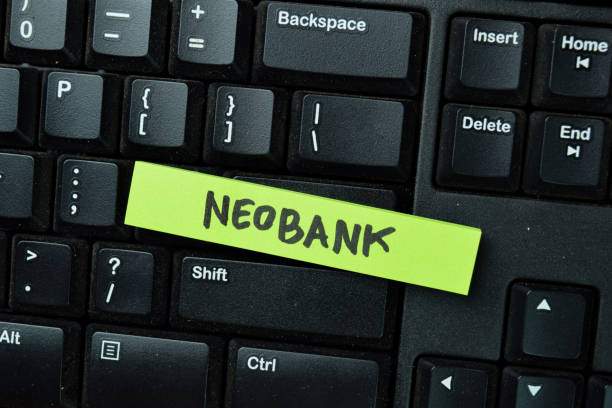The Rise of UK Neobank Fintech
UK neobank fintech continues to reshape the financial services industry. Digital-only banks now attract millions of users by offering fast onboarding, mobile-first experiences, and transparent pricing. Unlike traditional banks, UK neobanks operate without physical branches, which allows them to reduce costs and innovate faster.
As customer expectations shift toward convenience and personalization, UK neobank fintech platforms position themselves as modern alternatives to legacy banking systems.
What Is a UK Neobank in Fintech?
A UK neobank refers to a fully digital bank that delivers banking services through mobile apps and online platforms. These banks rely on fintech innovation to provide services such as current accounts, payments, budgeting tools, and international transfers.
Most UK neobanks operate under either:
- A full UK banking license, or
- An e-money license regulated by the Financial Conduct Authority (FCA)
This regulatory clarity helps boost trust and accelerates adoption across the UK fintech banking ecosystem.
Why UK Neobank Fintech Is Growing So Fast
1. Mobile-First Banking Experience
UK neobank fintech platforms prioritize intuitive mobile apps. Users open accounts within minutes, manage spending in real time, and receive instant notifications. This frictionless experience appeals strongly to younger and tech-savvy customers.
2. Lower Fees and Transparent Pricing
Digital-only banks eliminate branch overheads and legacy infrastructure. As a result, they offer:
- No monthly account fees
- Low-cost international transfers
- Competitive exchange rates
This pricing model explains why many users compare fintech vs traditional banks in the UK and choose neobanks.
3. Faster Innovation Through Fintech Technology
UK neobanks adopt cloud banking, APIs, and automation from day one. These technologies allow them to:
- Launch features faster
- Integrate third-party fintech tools.
- Scale without operational complexity
Traditional banks often struggle to keep up with this pace due to legacy systems.
4. Strong Adoption Among SMEs and Freelancers
UK fintech solutions for neobanks attract freelancers, startups, and small businesses. Digital banks offer smart invoicing, expense categorization, and cash flow insights that traditional banks often lack.
This trend strengthens fintech adoption in UK banks across the SME sector.
Popular Use Cases Driving Growth
UK neobank fintech platforms succeed because they solve real-world problems, including:
- Instant spending analytics
- Cross-border payments
- Budget automation
- Digital wallets
- Subscription management
These use cases align closely with modern customer expectations and explain sustained growth.
Regulatory Support and Open Banking
Open Banking regulations play a major role in the success of UK neobank fintechs. Secure data sharing allows digital banks to offer personalized insights and seamless integrations with third-party fintech services.
This framework encourages competition while maintaining consumer protection.
UK Fintech Banks List: Market Expansion
The UK fintech banks list continues to expand as digital adoption rises. New entrants focus on niche markets such as:
- Students
- SMEs
- International users
- Ethical banking customers
This specialization accelerates innovation and strengthens the UK fintech banking ecosystem as a whole.
Future of UK Neobank Fintech
The future of UK neobank fintech looks strong. Growth drivers include:
- Increased digital trust
- AI-driven personalization
- Embedded finance adoption
- Expansion into lending and wealth management
As customer expectations evolve, digital-only banks will continue to challenge traditional institutions.
UK neobank fintech continues to grow fast because it delivers speed, transparency, and innovation. Digital-only banks meet modern banking demands while traditional institutions struggle with legacy systems. With strong regulatory support, fintech innovation, and customer-centric design, UK neobanks will remain key players in the future of financial services.










